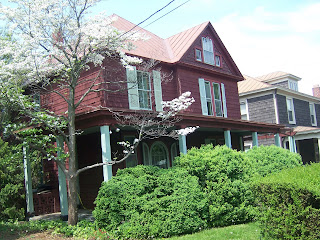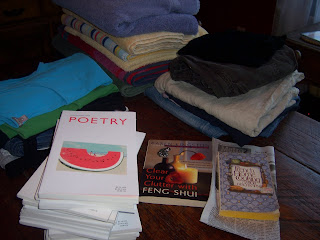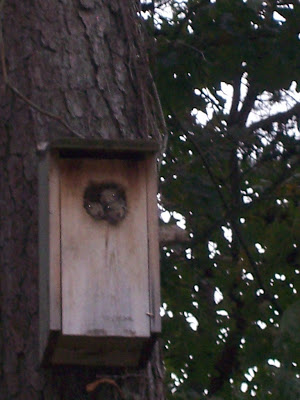 |
| Panettone, the sweet holiday bread of Italy |
I tossed another chunk of butter into the mixer while “Sweet Caroline” began, thinking about how Neil Diamond had revealed a few years ago that he wrote the song with Caroline Kennedy in mind – she was only a child at the time – and I started thinking about how “they,” the media that is, had pounced on it and insinuated errant motives by Neil Diamond for writing a love song to a young girl-child. Whoever came up with the "journalistic" piece had projected his own perverted thinking onto Neil Diamond, I thought – and unbelievably it was repeated in the paper again last week, two years after the initial slander! I was thinking about this while adding butter to the panettone and watching it assimilate its glossiness into the eggy dough. You must add butter to a panettone dough until it can take no more. The dough must reject the butter before you can honestly say it has had enough – and so you patiently add small chunks of butter until it refuses to assimilate anymore.
Those scoffers out there who get paid per scandal, they don’t know anything about the purity of feeling and the way a single image or thought will take on its own life and make a whole song or verse or story or painting become something you never knew it could become. He wrote the song while thinking of a young girl who had just lost her father in the cruelest way – that’s what I think – and then the song became a thing unto itself, far from the winding road he set out upon, but with enough memory or wits about him to name the song by the inspiration that brought it about, “Sweet Caroline.” There is so much butter in a panettone that one could think of it as whipped butter and egg yolk held loosely together by flour and sugar, and studded with sweet dried fruits . . .
I would wager to say that if Mozart were to have revealed that his Symphony #41, the Jupiter Symphony, for example, had been inspired by a young girl’s face which he saw on the streets of Vienna one evening or morning – such an admittance would not have raised doubts about his motives, but rather been a testament to the creative process.
The thoughts about “Sweet Caroline” and Mozart were done, and the butter was creamed divinely into the egg and flour mixture – it finally would take no more – and the silky yellow dough was massaged and rounded with my buttery hands, and tucked into a warmed and greasy bowl – and then another song began while I was scraping up bits of buttery dough from off the counter – “Song Sung Blue.”
Me and you are subject to the blues now and then
But when you take the blues and make a song
You sing them out again . . . Sing them out again
Who knows why things will hit us this way, but from out of nowhere, I felt the song as though he had written it to me, and I began to dance in the kitchen with my hands still full of butter and dough – dancing with a twist too, at least it seemed that way, back and then forward a few steps, a-one and a-two – and there was a bounce in each step, which is not like me, and my arms seemed to feel the beat too and they seemed to be doing the appropriate bends and turns in sync with the feet. I’m not a dancer or singer or musician, and I always felt so awkward when forced into that situation as a young person. I never felt the holistic movement of body parts with soul parts, fluid with the bone. My bones never bent in the right places, like flailing wooden spoons or clubs – that’s how I always felt when moving my appendages to the beat of music – as though hitting things with wooden spoons. But I didn’t feel that way this time. A strange fluidity came through me and I felt like the bones were curving and softening and flowing with the music, like large flowing ribbons in a ribbon dance – that’s how my bones suddenly felt. So I went with it, this uncharacteristic feeling, and just enjoyed the dance while the music lasted.
Funny thing, but you can sing it with a cry in your voice
And before you know, start to feeling good
You simply got no choice . . .You simply got no choice . . .
The song was over. And I don’t know why, but the dance talent was over now too. The next song was “Brother Love’s Traveling Salvation Show,” so I stopped and washed my hands, and put away the tape and ribbon I had been using to wrap gifts, and then covered the panettone dough with a linen cloth for its first rising of 3 hours. Panettone means rich and fancy bread in Italian, and it dates to the Middle Ages when its rich ingredients could be afforded only once a year, at Christmas time. It’s baked in a domed cylindrical form . . . toasted, it is wonderful spread with more butter! Traditionally a piece is set aside until February 3, the feast day of Saint Biagio, the protector of the throat . . . and song.
I fixed a cup of tea and sat down at the kitchen table, reminiscing about this experience and listening to Neil Diamond sing these words again, as though he had written them just for me and all of those with the blues at Christmas time:






















